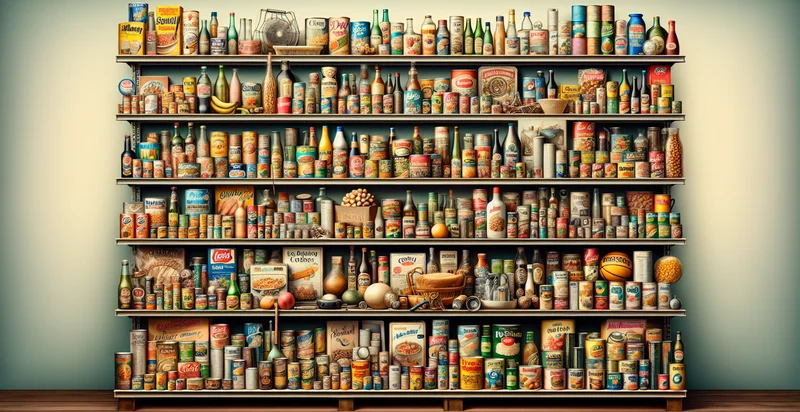Identify grocery shelf condition
using AI
Below is a free classifier to identify grocery shelf condition. Just upload your image, and our AI will predict the condition of products on grocery shelves - in just seconds.

Contact us for API access
Or, use Nyckel to build highly-accurate custom classifiers in just minutes. No PhD required.
Get started
import nyckel
credentials = nyckel.Credentials("YOUR_CLIENT_ID", "YOUR_CLIENT_SECRET")
nyckel.invoke("grocery-shelf-condition", "your_image_url", credentials)
fetch('https://www.nyckel.com/v1/functions/grocery-shelf-condition/invoke', {
method: 'POST',
headers: {
'Authorization': 'Bearer ' + 'YOUR_BEARER_TOKEN',
'Content-Type': 'application/json',
},
body: JSON.stringify(
{"data": "your_image_url"}
)
})
.then(response => response.json())
.then(data => console.log(data));
curl -X POST \
-H "Content-Type: application/json" \
-H "Authorization: Bearer YOUR_BEARER_TOKEN" \
-d '{"data": "your_image_url"}' \
https://www.nyckel.com/v1/functions/grocery-shelf-condition/invoke
How this classifier works
To start, upload your image. Our AI tool will then predict the condition of products on grocery shelves.
This pretrained image model uses a Nyckel-created dataset and has 16 labels, including Clean, Damaged, Dirty, Disorganized, Expired, Fair Condition, Full, Good Condition, In Stock and New.
We'll also show a confidence score (the higher the number, the more confident the AI model is around the condition of products on grocery shelves).
Whether you're just curious or building grocery shelf condition detection into your application, we hope our classifier proves helpful.
Related Classifiers
Need to identify grocery shelf condition at scale?
Get API or Zapier access to this classifier for free. It's perfect for:
- Inventory Management: The grocery shelf condition identifier can be utilized by retailers to monitor stock levels and shelf organization in real-time. By identifying discrepancies such as missing items or misplaced products, stores can streamline their inventory management process and reduce wastage.
- Quality Assurance: This function can aid in ensuring that products are displayed correctly and adhere to safety standards. It can flag damaged packaging or expired goods, ensuring that only high-quality items are available for purchase, thereby enhancing customer satisfaction.
- Merchandising Optimization: Retailers can leverage the insights from shelf condition identification to optimize product placement and promotions. By analyzing successful shelf layouts and conditions, grocery stores can fine-tune their merchandising strategies to drive sales.
- Operational Efficiency: The grocery shelf condition identifier can automate the monitoring of shelf conditions, reducing the need for manual checks by staff. This allows employees to focus on more critical tasks while ensuring the store maintains an appealing and organized shopping environment.
- Customer Experience Enhancement: By maintaining well-stocked and properly organized shelves, retailers can significantly improve the shopping experience for customers. This function can ensure that desirable products are always available and accessible, increasing overall customer satisfaction and loyalty.
- Supplier Performance Tracking: Grocery stores can use shelf condition data to assess supplier performance concerning delivery and product quality. This information can inform decisions when negotiating contracts or determining future partnerships, fostering more reliable supply chains.
- Data-Driven Insights: The grocery shelf condition identifier can provide valuable data that can be analyzed for trends and patterns in consumer behavior. By understanding how shelf conditions correlate with sales performance, retailers can make informed decisions to enhance their overall business strategies.


